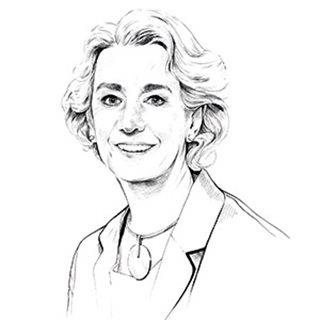Jane Veys MSc MCOptom FIACLE

Jane has been involved in optometry for over 30 years and is an experienced educator, facilitator and scientific writer. She has published more than 50 articles, authored a leading contact lens textbook and created industry leading digital education series.
Following clinical practice and research experience in the UK and Australia, Jane was appointed research manager for the European Contact Lens Research in Manchester, and subsequently joined Johnson & Johnson in 1993. She held senior management positions in Professional and Clinical Affairs, championing evidence-based contact lens practice and patient-centred education for eyecare professionals, most recently as Director, Global Professional Education.
In late 2018, Jane became self-employed and is currently working on a range of collaborative projects in medical education and the charitable sector. She has special interests in eye health education, health promotion and behavioural science and is looking to develop more activities in these areas.